Liquid Mirrors Can Only Point Straight Up. Could Magnets Solve This Problem?
Astronomers have developed several versions of rotating liquid metal telescopes, which use the force of gravity and centripetal force to create a natural telescope lens. They work, but there's a downside: they can only point straight up, in the opposite direction of gravity. A new paper is investigating how electromagnets could work with magnetic fluids (ferrofluids) to shape the liquid into a spherical shape and give it more viewing angles. The post Liquid Mirrors Can Only Point Straight Up. Could Magnets Solve This Problem? appeared first on Universe Today.

When it comes to telescope mirrors, larger is generally better. The larger your main mirror, the more light you can capture and the more faint and distant objects you can see. The problem is that large mirrors are difficult to manufacture. They also deform under their own weight, which means you need an expensive support structure to keep it in alignment. The most common way to get around these challenges is to make telescopic mirrors in segments, but another solution is to simply use a liquid mirror.
The basic idea for a liquid mirror telescope is to use a thin layer of mercury, then spin it slowly. The rotation of the frame causes the liquid to form a parabolic surface. Combined with secondary mirrors or lenses, you then have a working telescope. Liquid mirror telescopes are dirt cheap compared to other telescopes of a similar size. The 6-meter Large Zenith Telescope (LZT), for example, was built for a fiftieth of the cost of a similar-sized telescope. The reason liquid mirror telescopes aren’t more common is that they have a couple of major drawbacks. The first is that mercury is extremely toxic, but the second is that they can only observe the sky directly above them. They can’t be used to track objects in the sky like other telescopes. But we might be able to address these challenges, as a recent paper in Acta Astronautica shows.

Rather than using mercury, the study proposes using a ferrofluid. Ferrofluid mirrors have been used in some liquid mirror telescopes, but this study takes the idea further by adding electromagnets. Rotation could be used to shift the mirror into a parabolic shape, which could then be held in place by magnetic currents. This way, some degree of orientation could be used without the mirror losing its shape. On Earth, this wouldn’t be overly effective since our gravity is relatively strong. But this method could be quite effective for space telescopes. Magnetic currents could shape a space-telescope mirror effectively regardless of its orientation. The design could also be quite effective on the Moon, where gravity is 1/6 that of Earth and costs are at a premium.
The study looks at various coil arrangements and current levels needed to shape a large ferrofluid mirror and finds that it would be feasible for a wide range of wavelengths. At least in theory. The problem at the moment is that our tolerance levels for current electric circuitry are too large to provide the necessary precision. While the idea has some potential, it won’t be a solution for the foreseeable future.
Reference: Comstock, Eric A., et al. “On the feasibility of spherical magnetic liquid mirror telescopes.” Acta Astronautica (2025).
The post Liquid Mirrors Can Only Point Straight Up. Could Magnets Solve This Problem? appeared first on Universe Today.










































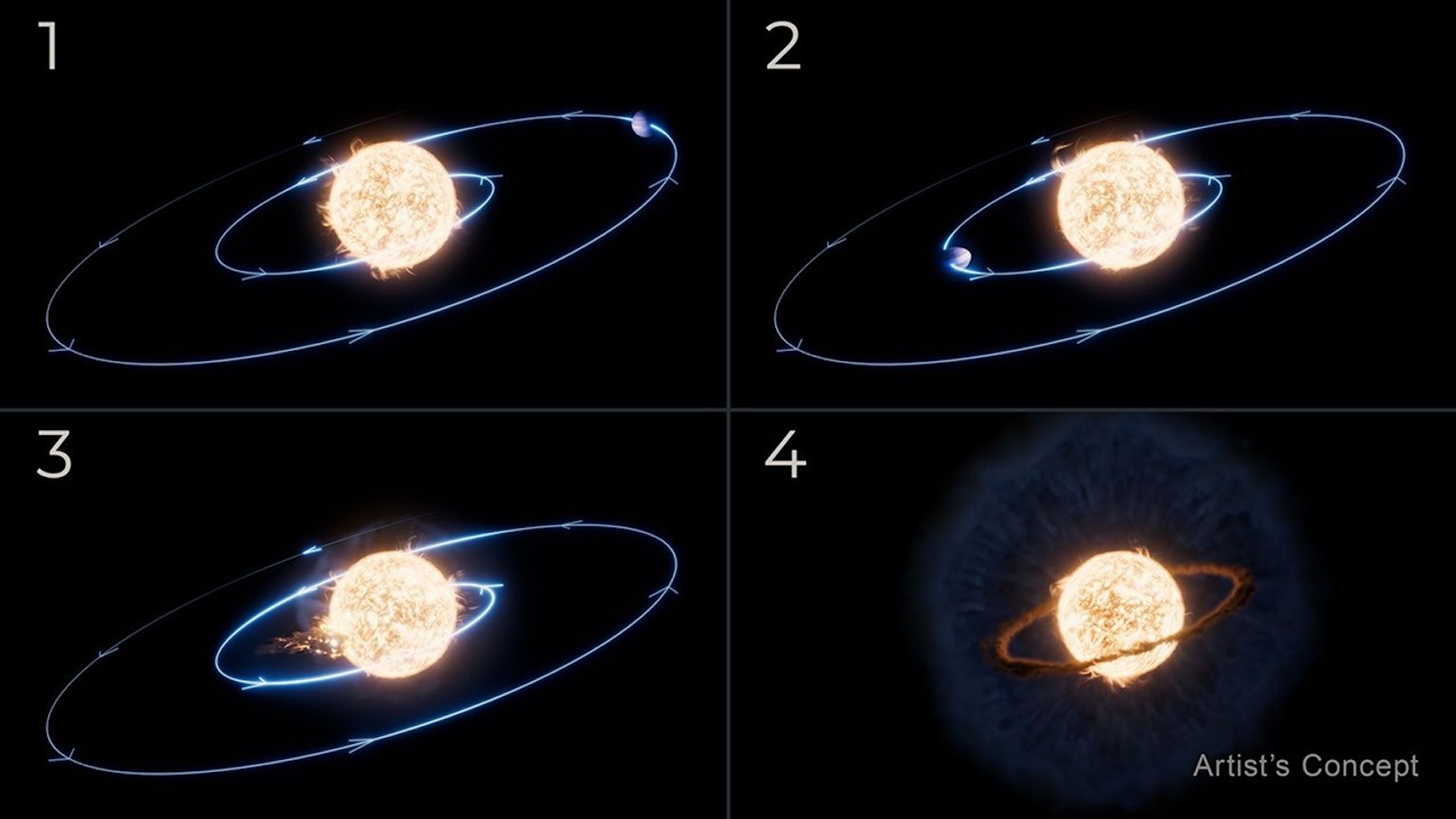




















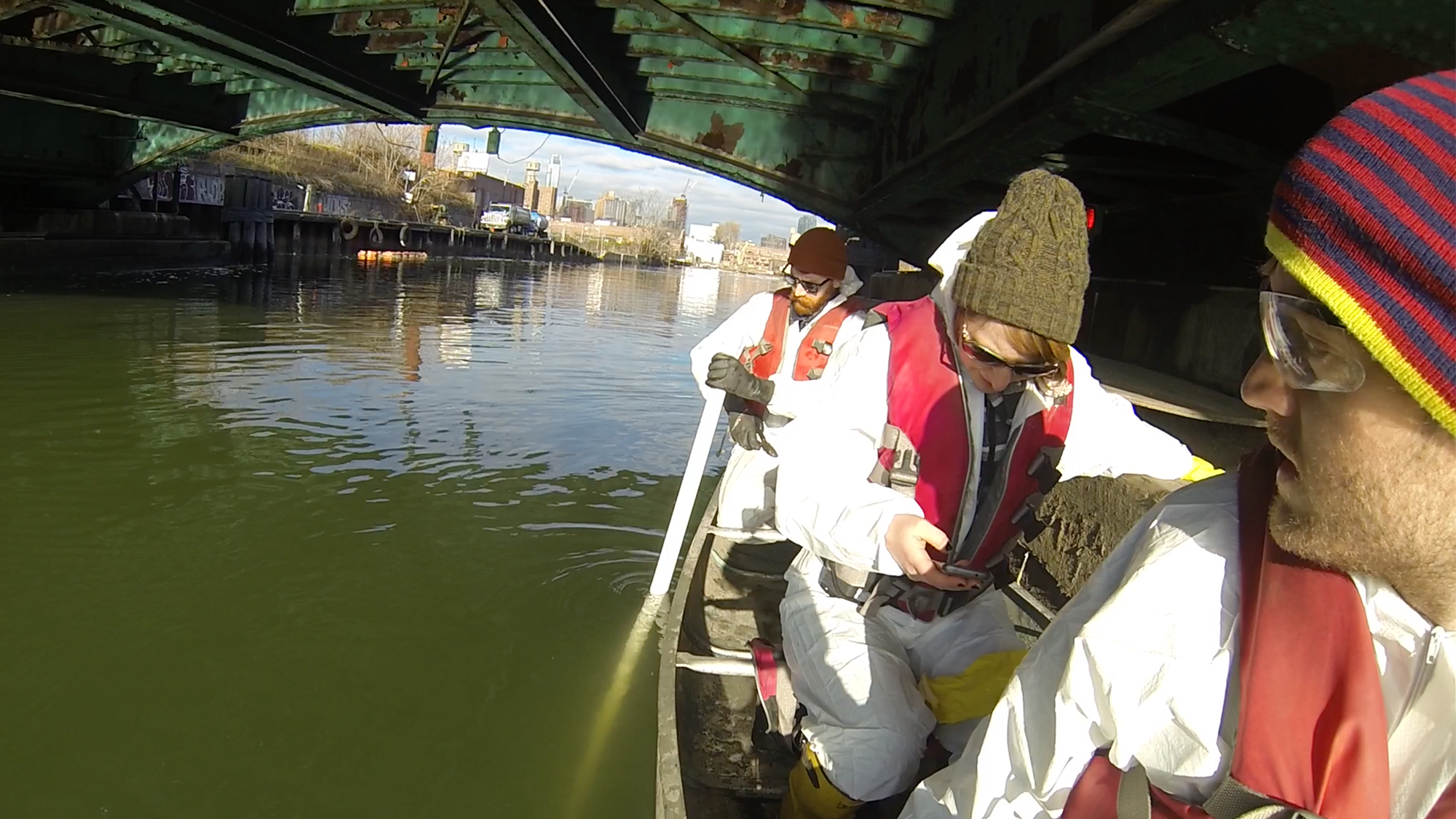









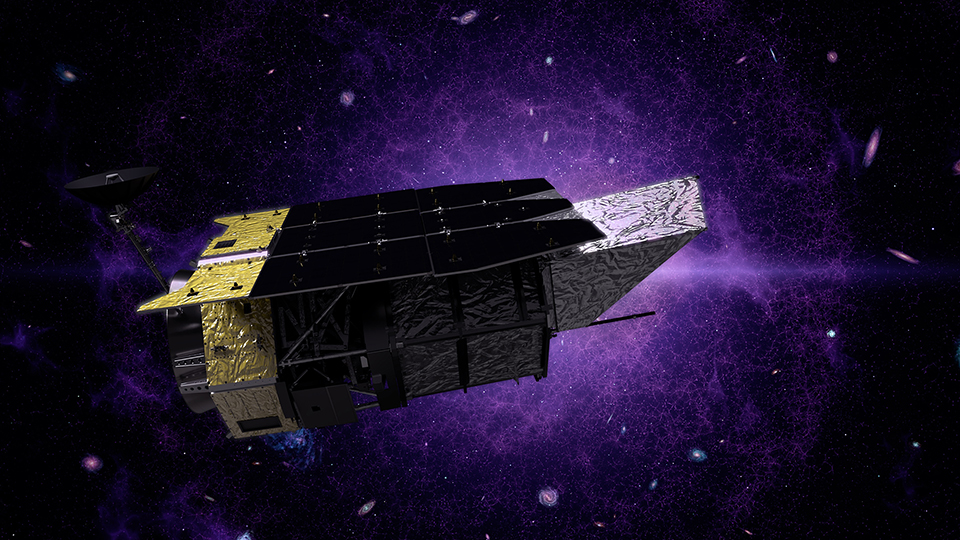





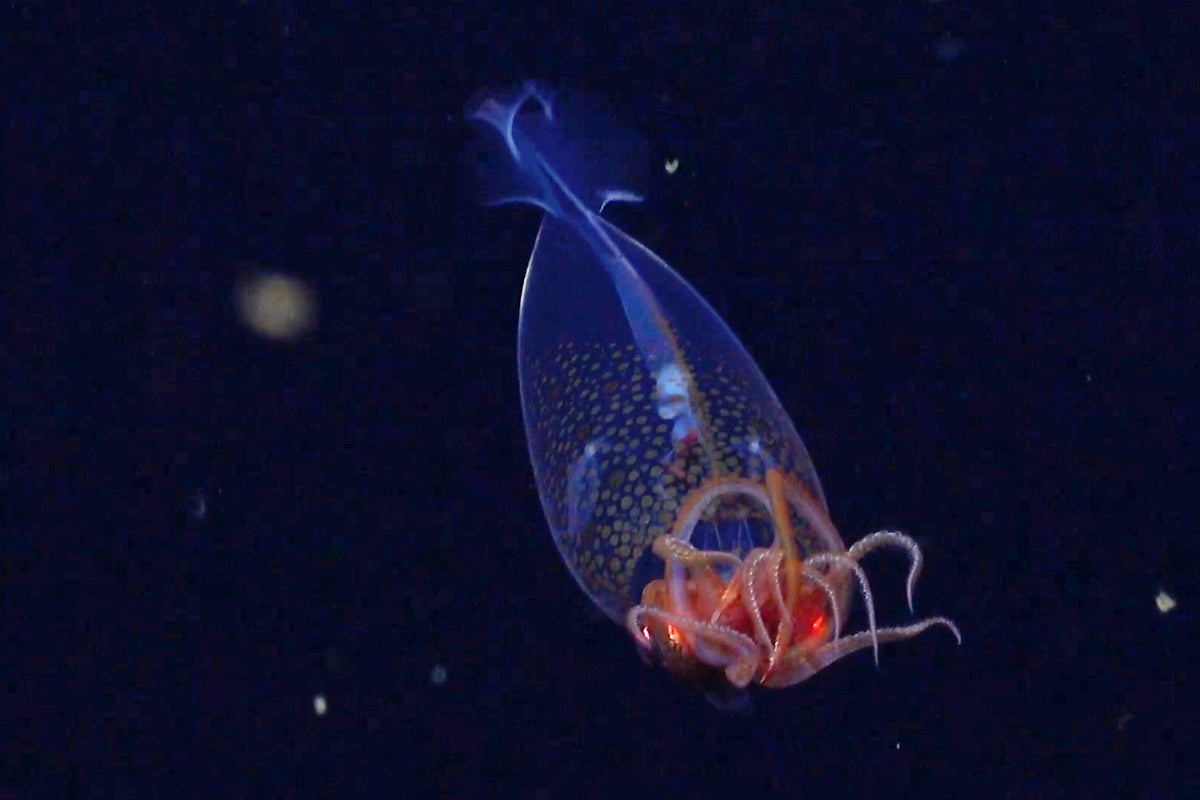


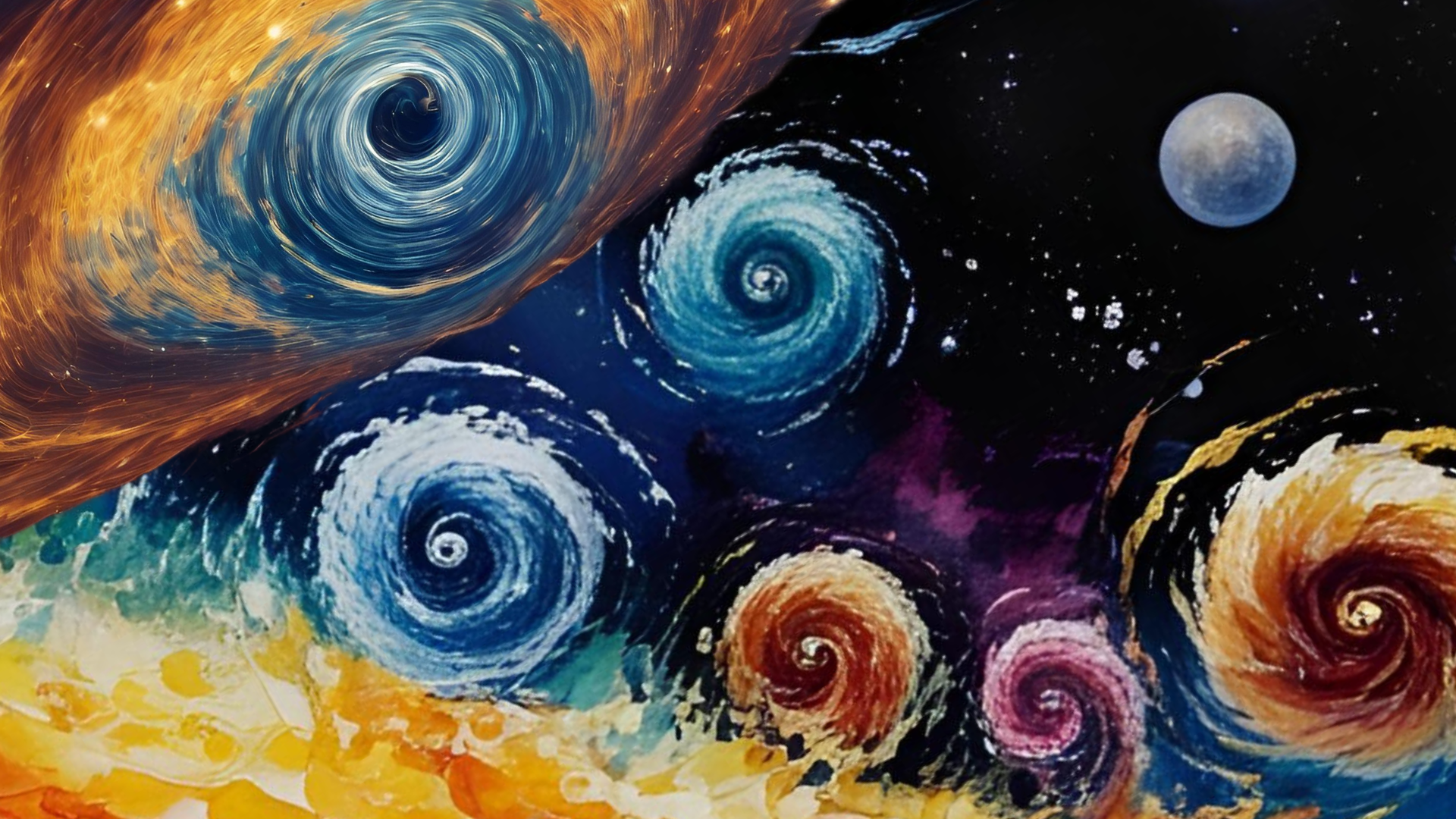




































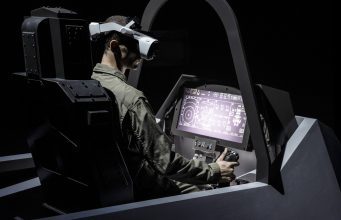


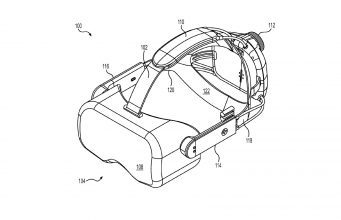



![The breaking news round-up: Decagear launches today, Pimax announces new headsets, and more! [APRIL FOOL’S]](https://i0.wp.com/skarredghost.com/wp-content/uploads/2025/03/lawk_glasses_handson.jpg?fit=1366%2C1025&ssl=1)















